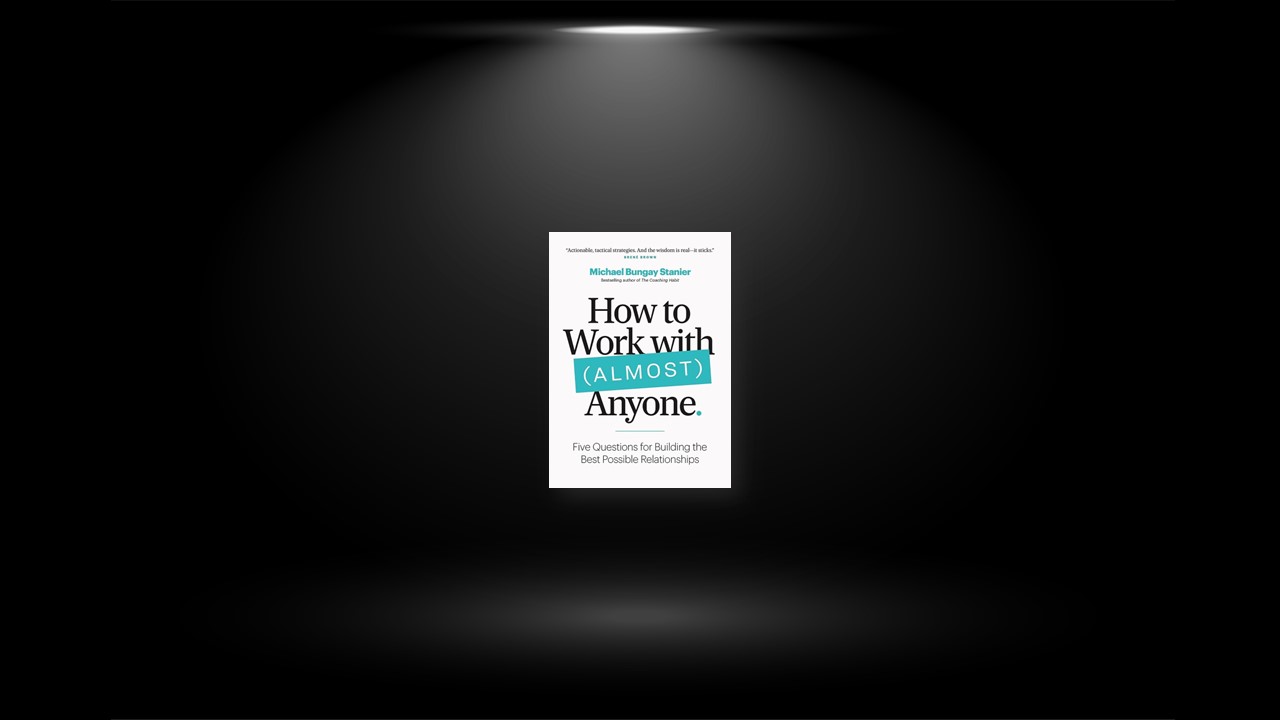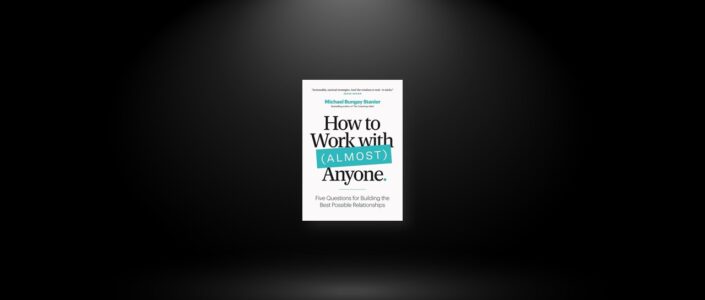The Amplify Question: What’s Your Best?
A fundamental choice when you’re wrestling with change at an individual or organizational level is this: Do you focus on what’s not working, or on what is? The general bias is towards fixing. But there’s a subset of change experts who think amplifying what’s already working is the best primary strategy. How do you take what’s good and make it louder, brighter, better? How do you build pathways rather than fill potholes?
Your strengths can encompass technical, emotional, and relational talents. But being good at something doesn’t automatically make it a strength. Marcus Buckingham, author of various books on the subject, says, “A strength is an activity that strengthens you. It draws you in, it makes time fly by while you’re doing it, and it makes you feel strong.” You can be good at something and still find it drains you rather than boosts you.
You will be happier and more successful if you use your strengths more of the time. When you and another person tell each other what your strengths are, you gain information about how your BPR can bring them out in both of you.
The answer to “What’s your best?” isn’t just about identifying what you are good at. In fact, you could become manacled by what you are half-decent at, because collapsing “good at” into “fulfilled by” is annoyingly easy. When you are good at something you don’t enjoy, you become trapped by your own skill level. You do it well, so people give it to you to do. You do it well, so you think it’s yours to do. You do it well, so you don’t wholly trust others to do it. That’s the curse of competence.
The Steady Question: What Are Your Practices and Preferences?
Over time, you’ve developed and refined how you work. Some practices you’re aware of. They’re common sense to you but possibly quirky and perhaps even inexplicable to others. There are other practices that you’re blind to because they’re unconscious and you’ve never been asked to name them.
A best possible relationship can’t necessarily accommodate every one of your preferred ways of interacting. But knowing your preferences and sharing them means that, together, you’ll be able to look at where your practices are the same and where they’re different and might cause conflict. You’ll also see how, between the two of you, you can accommodate the different ways in which you like to work.
A popular approach to building working relationships with others is the “Read Me” document. The idea is that you fill out your Ways of Doing Things and then send it out to people. “If I were an IKEA bookshelf,” the promise is, “then this is how you’d assemble me for minimum wobble and maximum Nordic aesthetic.”
The Good Date Question: What Can You Learn from Successful Past Relationships?
Bring to mind one of your favourite past working relationships—a boss or a direct report or a peer or a vendor or someone with whom the experience was noticeably better than the others. You felt seen and understood; you found the right balance between challenge and support. You found connection and alignment, and good work got done. They brought out your best, and you did the same for them.
It felt ridiculously easy, actually. You “clicked,” and things went well. When there was a hiccup, it didn’t seem to matter that much: you figured it out between you. If anything, managing that stress strengthened the relationship rather than damaging it.
It was probably part luck, part timing, and part hard work on both sides of the equation. But somehow, between the two of you, you got the lighting right. There’s wisdom to be gleaned from this success. Mine it for all it’s worth. Figure out how you made it happen.
The Bad Date Question: What Can You Learn from Frustrating Past Relationships?
Some of the most valuable bits of “intel” you can share to build a best possible relationship are details of past working relationships that have been a struggle. The instinct is to cover them up or blame the other party for the mess, but doing so is a mistake. Yes, the other person played their role. But you were part of the dynamic as well.
The experience likely felt deeply personal and unique—which it was—but at the same time, it also expressed a repeating pattern. The details you uncover will offer clues to recurring dynamics that you might want to avoid or at least actively manage this time around. There’s “wisdom in the wound.” Examine your behaviour, their behaviour, and the situation, and see what you can learn from those past difficult experiences.
The Repair Question: How Will You Fix It When Things Go Wrong?
There’s no doubt: this question competes with the “bad relationship” one for most awkward and least easy to answer. What might be helpful to know is that your answers are only the second most important thing. The most important is a shared recognition that things will break. Preparing to answer this question is a rehearsal for speaking up when things are a little off, or when you’ve been let down, or when you’ve done damage.
There is a risk that the other person will not see what’s broken. We all fear a “Huh, what are you talking about?” response. Anything that’s human is mentionable, and anything that is mentionable can be more manageable. By understanding that it will break and talking about it before it does, you’ll be better able to notice when it’s failing and repair it together.
When the European Union first formed in the early 1990s, there were far fewer member states than there are now. One of the many challenges faced by the so called “Inner Six”—Belgium, France, Italy, Luxembourg, the Netherlands, and West Germany—was how to combine their currencies. They needed to determine what the new euro banknotes would look like. What kind of design would be unifying rather than divisive and collective rather than nationalistic?
The answer was bridges. After a minor hiccup—bridge nerds pointed out that the “imaginary” designs first presented were all pretty much based on real bridges—the final design showed seven styles of bridges from different eras: stone arcs, iron span bridges, cable bridges, and so on.
Work relationships get damaged and we turn away from one another. One way to repair them is by building a bridge back to connection. It takes courage and skill to do this. It often requires a generosity, a softening of your stance, and a commitment to a bigger game to be the person who begins the repair.


